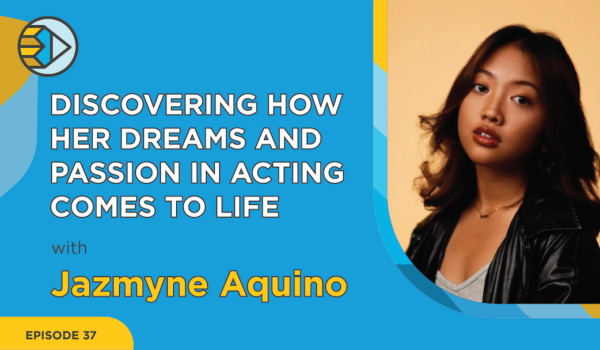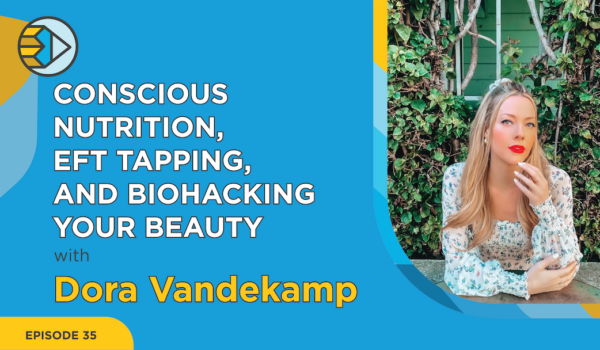
EP 28: English Grammar 101: The Sentence
This week we begin a new weekly mini series. We are investigating the foundations of English grammar, starting with the basics and moving upward from there. This week we start with the fundamental component of English grammar, the sentence. Join Cath Anne as she walks you through the basic structures of a properly written sentence.
Looking for study tips, help with essay writing, or advice on how to be a better student? Welcome to The Homework Help Show, a weekly show where we teach, assist, and offer valuable insights for student life. From study hacks to writing tips, discussions about student mental health to step-by-step guides on academic writing and how to write a resume, we’ve got you covered. Want your questions answered? Write them below or join the conversation on social media using the hashtag #askHHG
TRANSCRIPT:
Cath Anne: [00:00:05] Hi there friends. My name is Cath Anne, and this is The Homework Help Show, hosted by Homework Help Global. Today we begin a new series called Grammar 101.
Cath Anne: [00:00:17] In this five-episode series we are going to be providing you with the basics you need to know to construct a sentence and to improve your English writing skills. These skills will help you with your reading as well as with your academic writing. So today we’re starting at the very beginning.
Cath Anne: [00:00:37] We are looking at the sentence.
Cath Anne: [00:00:42] I know you’re probably thinking, of course I know what a sentence is. I have learned this many times before and if you have studied English you will most certainly be familiar with this sentence.
Cath Anne: [00:00:55] The sentence is the very basis of how we communicate using language and if we are going to begin a process of learning how to write properly it is important to develop a stable foundation and work up from there.
Cath Anne: [00:01:08] So the sentence is where we will begin to develop this foundation. Let’s begin by defining what a sentence is. A sentence is a group of words that makes complete sense, conveys clear meaning and expresses a complete thought.
Cath Anne: [00:01:30] Before we get in depth regarding this sentence, let’s break it down even further, beginning with discussion of a clause. This might be a word that you’re familiar with.
Cath Anne: [00:01:40] So, what is a clause? A clause is a subject-verb combination. A clause is the smallest grammatical unit that can express a complete proposition in the English language. So, there are several types of clauses: independent clauses, which stand on their own and dependent clauses, which require other words to help them make sense.
Cath Anne: [00:02:33] The major difference between these two types of clauses is that every English sentence requires an independent clause. Whereas, a sentence does not require a dependent clause although there may be one dependent clause or multiple present depending on the sentence.
Cath Anne: [00:02:53] Think about it this way. The shortest sentence you can have in English will be a clause. Can you think of a short sentence? The shortest sentence you’ve ever thought of? How about, “Go”. Is this a sentence? Yes, it is a sentence because it contains an independent clause. The word ‘you’ is implied. So, we are giving a direction. “You go” and the verb go is included. So, that makes it a sentence.
Cath Anne: [00:03:39] Moving on from clauses to sentences, every grammatically correct sentence in English must have a subject, verb, and object.
Cath Anne: [00:04:13] For example, “The cat ate the food.” Let’s begin with that as our basis for discussion.
Cath Anne: [00:04:42] So, let’s discuss this subject in the sentence.
Cath Anne: [00:04:49] The subject is the person, place, or thing that is doing or being something in a sentence. You can find a subject in a sentence by first finding the verb and asking who or what verbs or verbed. For example, in our sentence, “The cat ate the food”, the verb here is ‘ate’.
Cath Anne: [00:05:14] To find the subject, can ask, who ate the food? ‘The cat’ ate the food so that makes it the subject of the sentence.
Cath Anne: [00:05:29] Second, we can discuss the verb which we have already mentioned. A verb is a word that expresses physical or mental action. As mentioned the verb expresses action and it is the first word to look for in a sentence in order to determine the subject and the object and the other various parts of a sentence. So, in our sentence, “The cat ate the food”, we’ve already identified ‘ate’ as the verb as is easily identified as something that was done, an action that was taken.
Cath Anne: [00:06:08] Finally, we can discuss the object. The object of this sentence is the word or thing that is acted upon by this subject. So, we have our subject and we have our action verb here. In order to find the object of the sentence, ask whom or what is receiving the action. So, we are looking at, whom or what is receiving the action by the cat.
Cath Anne: [00:06:39] Try to remember that the direct object in that sentence is always a thing or a person who received the action of the verb.
Cath Anne: [00:06:49] So we can look at ‘ate’. What is seeing the action of the verb? It would be ‘the food’ So, we can ask ‘The cat ate what?’ And our answer would be, ‘The cat ate the food.” In this sentence the food is the object. So, that is a very basic 101 overview of the sentence which is one of the most important aspects of English communication.
Cath Anne: [00:07:25] I think we can leave it there for this week.
[00:07:27] Next week we will delve a little deeper into sentence structure and the more complicated aspects of basic grammatical structure in English.
Cath Anne: [00:07:39] Remember every word in the sentence serves a specific purpose within the structure of that particular sentence. So, according to the rules of grammar, sentence structure can sometimes be quite complicated. However, this video series is intended to break down the complexity into manageable steps and process.
Cath Anne: [00:08:00] This is why this week we are just focusing on the simple steps of creating a sentence.
Cath Anne: [00:08:10] So friends, we hope this video has been beneficial to you. If you liked our video make sure to give it a thumbs up and subscribe to our channel.
Cath Anne: [00:08:20] If you’re looking to access more of our content please check us out on Facebook, LinkedIn, Instagram, Google Plus, YouTube, Medium, and for those of you who love podcasts we are also on SoundCloud, Anchor, iTunes Apple podcasts and Google Play Music. All you have to do is search Homework Help Global and you will be able to find us. Just another reminder, please join me when the school year starts on Instagram Live every Monday night at 7:00p.m. as I will be hosting a quick chat and check in to help you start your week in school.
Cath Anne: [00:08:58] All the best to you and everyone out there, please tune in next week as we go in more depth around English grammar. Take care. All the best and good luck starting classes.
Share:

